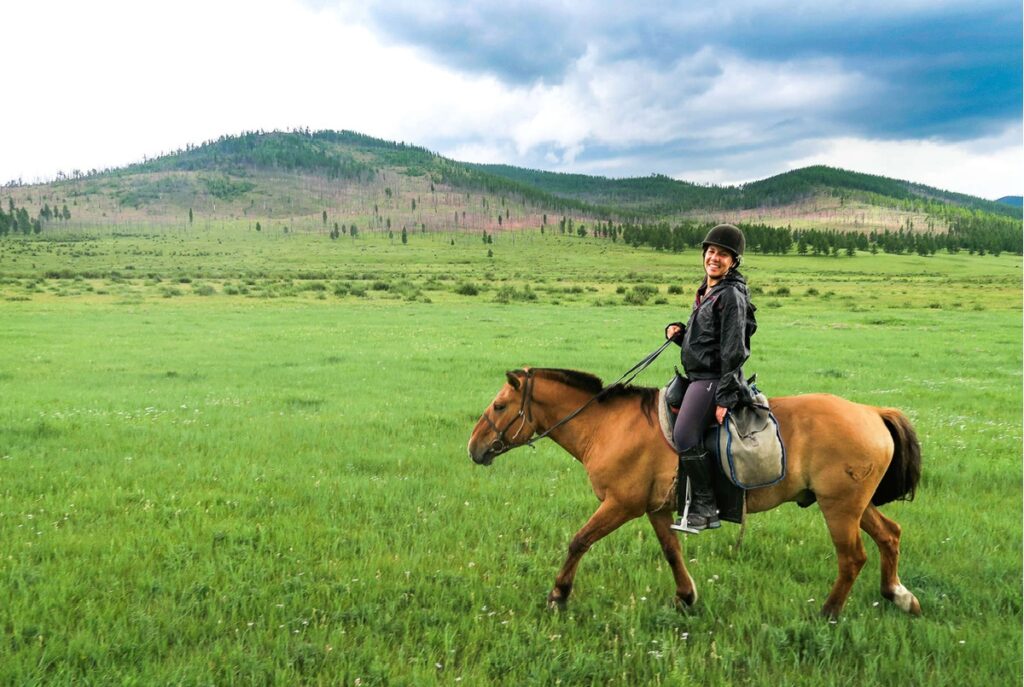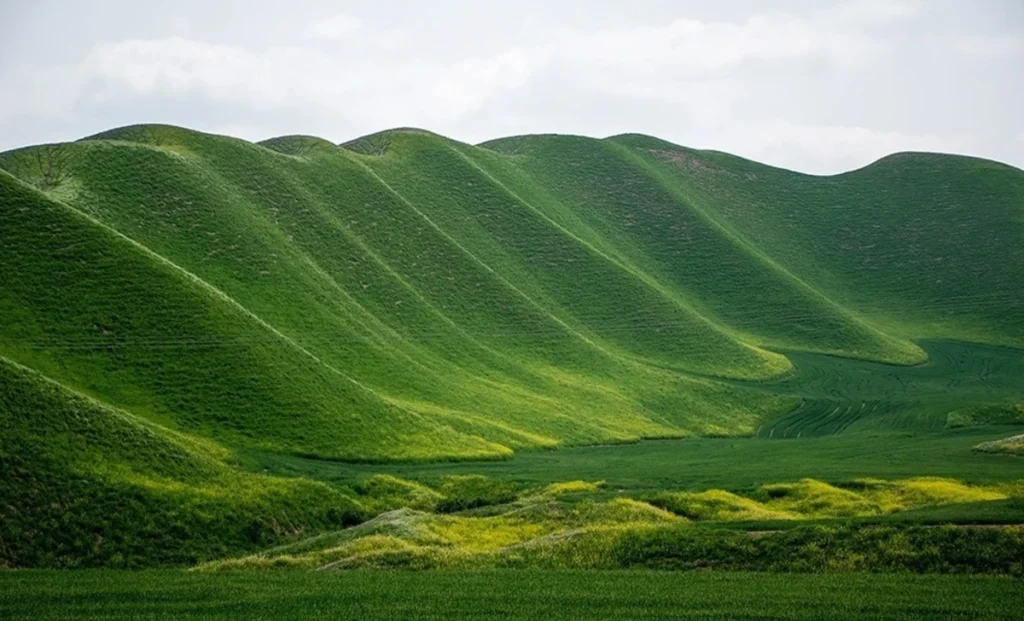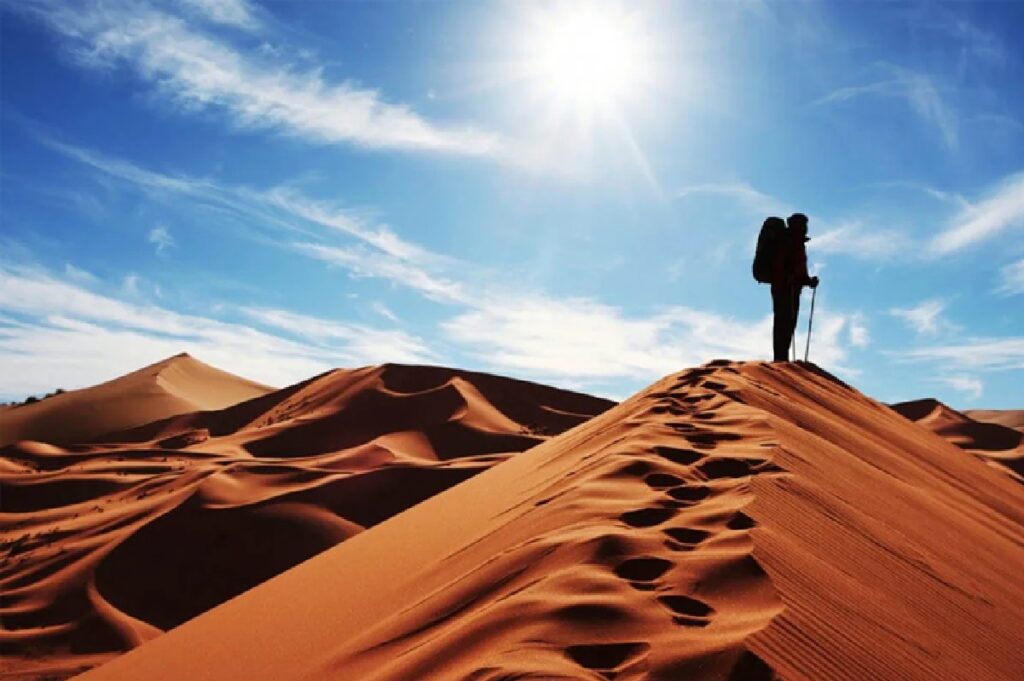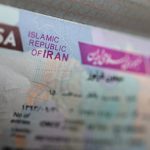Horse riding in Iran is an interesting approach to learn about the country’s magnificent history, natural beauty and unique culture. Iranian horsemanship has a long history that stretches back thousands of years to the great Persian Empire. Iran is a remarkable destination for equestrian enthusiasts because it offers a unique combination of rugged landscapes, warm hospitality and a wide variety of horse breeds.
This guide will help you know the best regions, optimal times, key tips for foreign riders and how to schedule your horseback riding tour in this captivating land.
Best Regions for Horse Riding in Iran
For horse riding in Iran, consider Fars Province (with its history and equestrian traditions), Golestan National Park (for nature and biodiversity), and the Alborz Mountains (for mountain trails), along with Turkmen Sahra for horse breeding and culture, and Lorestan for waterfalls and valleys.
Here are a few of the top places in Iran to have a memorable and satisfying horseback adventure:
Mazandaran and the Caspian Sea Coast
Mazandaran, near the Caspian Sea, provides a distinctive coastal riding experience. This fertile area is home to the Caspian horse, a small but ancient breed that was rediscovered in the 20th century. You can ride along beaches, beautiful forests and into the foothills of the Alborz Mountains. The smell of the beautiful forests and the Caspian Sea offers a calm and serene vibe while riding your horse.
Fars Province and the Zagros Mountains
Fars Province is a suitable place for horse riding in Iran. The Zagros Mountains are located in the Western part of Iran, offering fantastic views of nature and rocky paths. The Qashqai tribes are well-known for breeding Darreh Shouri horses. This breed is well-known for its fascinating strength and endurance.
The region’s mountain trails and rolling plains offer you a variety of challenging and picturesque rides, frequently accompanied by magnificent views of ancient ruins like Persepolis, which magically blends adventure with history.
Kurdistan Province
Iran’s Kurdistan region is famous for its Kurdish horses. These horses are quite noble and strong and can adapt to the region’s harsh winters and steep terrain. The area’s high plateaus and steep routes offer daring riders an exciting experience.
You can get to experience Kurdish culture here, with opportunities to visit remote villages and see traditional ways of living in beautiful surroundings.
Golestan Province and Turkmen Sahara
In northern Iran, Golestan Province is home to the Turkmen horse, a breed famous for its grace and speed. This horse is frequently used in racing competitions. Long rides are perfect in Turkmen Sahara and Golestan National Park, which consists of vast plains and wooded hills.
Riders get to experience the Turkmen tribes’ hospitality, diverse wildlife and wide terrain. The proximity to the Alborz Mountains adds a dramatic background, making this area a popular destination for those looking for both tradition and nature.
Shahdad Desert
Another unique location for a fascinating horseback riding experience is in the Shahdad Desert, located in Kerman Province. Rides can get to cross golden dunes and stark, otherworldly landscapes.
Here, riding Persian or Arabian horses combines the peace of vast horizons with the excitement of desert discovery. This is the perfect place for those looking for a surreal, off-the-beaten-path horse-riding adventure.
Best Time of Year for Horse Riding in Iran
The best time for horse riding in Iran is during the spring (March – June) and autumn (late September – November) when temperatures are cooler and ideal for long hours of riding.
Planning your horseback riding trip to Iran is essential for a pleasurable and comfortable experience, considering Iran’s varied climates. Iran is proudly a 4-seasoned country, making it a great place to do various activities during the year.
In regards to horse riding, Iran’s seasons can offer different advantages depending on the region. Here’s a breakdown:
Spring (March to May)
Spring is easily the best season for horse riding in most parts of Iran. Temperatures are mild (between 15 to 25 degrees Celsius) and the surroundings are filled with beautiful wildflowers and greenery. The Zagros Mountains and Fars Province have ideal weather for long rides without experiencing the summer heat. Shahdad and other dry areas are still bearable before summer arrives, while Golestan and Mazandaran benefit from lush, green conditions. You can also experience Nowruz (Persian New Year) if you come here at the end of March for adding a joyous cultural element, but make sure to book early due to domestic travel.
Summer (June to August)
Summer is often the least ideal season due to the scorching heat, which may reach 40 degrees Celsius, especially in central and southern Iran. The Shahdad Desert and Fars Province can become intolerable in this season, while Northern regions of Iran can become a bit cooler due to forested areas. If you are planning to go horse riding in the summer, make sure to at least go on morning rides in the north.
Autumn (September to November)
Autumn is another season great for experiencing horse riding. In this season, you can experience cooler temperatures and clear skies. Temperatures during this season normally range from 10 to 20 degrees Celsius. You can trot along the Zagros Mountains and also gallop gracefully in the Shahdad Desert. The northern regions like Mazandaran and Golestan provinces maintain their appeal with golden foliage and the air is much cooler. Autumn is less crowded than Spring, which provides a more leisurely experience for riders.
Winter (December to February)
Winter is feasible in cooler places like Mazandaran and parts of Fars province, where temperatures are between 5 to 15 degrees Celsius. The coast of the Caspian Sea is suitable for horse riding, and the desert provides pleasant conditions as well. Keep in mind that regions such as the Zagros Mountains may not be suitable due to harsh and freezing weather conditions. This may limit your options if you are planning to come in Winter.
The best seasons for most riders to enjoy Iran’s trails are spring and autumn because they offer the ideal combination of weather, scenery and comfort.
Essential Tips for Foreign Horse Riders in Iran
You should consider the following tips for a comfortable and more joyful horse-riding adventure:
Get Prepared for Physical Demands
Most Iranian horse riding tours, such as those in Golestan province or the Zagros Mountains, offer 4 to 8 hours of riding each day, riding across various terrain. Because the terrain can be steep and rough, make sure you are physically fit and have some riding experience beforehand.
If you are a beginner, choose shorter trips (1 to 2 days) and inform your guide beforehand. They can adjust to your pace and experience or provide important coaching tips. You can build confidence and learn some riding techniques.
Learn Local Customs and Dress Codes
As you may already know, Iran is a very conservative country, so riders need to be mindful of cultural norms. Women must wear a hijab and cover their arms and legs. Men should also wear modest clothes and cover their shoulders and knees.
Also, make sure to remove your shoes when entering local homes or some businesses, as it’s a common custom. These are just some of the local customs to keep in mind. You can check other pages online for more information regarding Iranian customs and traditions and make a list if required.
Choose the Appropriate Horse and Gear
As mentioned earlier, Iran has various horse breeds. You should discuss your skill level with the tour operator so you can ride the most suitable horse. It’s better to bring your very own helmet and riding boots. Also, putting on comfortable gloves and padded clothing can help with a more
leisurely riding experience.
Safety Gear
It is important to prioritize safety when horseback riding in Iran. Before mounting, always make sure to put on proper safety equipment, such as a helmet, to protect your head in case you fall. Also, make sure the horse is correctly saddled and bridled to maintain control and prevent accidents during the ride.
Understand Horse Knowledge and Welfare
Before interacting with horses, make sure to acquaint yourself with basic horse handling techniques and grasp their behaviors. Regularly feed them, provide access to water and allow enough rest periods to ensure the horses’ welfare is at its best.
By prioritizing their needs and understanding their nature, you can build a fantastic relationship built on care and trust, improving the experience of both you and your horse.
Stay Hydrated and Sun-Protected
Iran’s climate can be sunny and dry in some regions, so make sure to carry a reusable water bottle and stay hydrated. Keep in mind to grab your sunglasses, sunscreen and a hat to protect yourself from UV rays.
Learn Basic Persian Phrases
Although tour guides can speak English, it is best to know some Persian phrases just in case, especially in rural regions where people may not understand English. Some important words to know are “Salaam” (Hello), “Mamnoon” (Thank you) and “Komak” (Help). It is advisable to bring along a phrasebook or have a translation app on your phone for convenience.
Respect Nature and Local Communities
Make sure to stay on designated routes and preserve Iran’s ecosystems and refrain from littering. People are usually kind and hospitable in villages, but privacy is respected, so make sure to ask permission before snapping photos of individuals and homes.
You can build trust and goodwill by sharing snacks with the locals. In general, try to engage with locals and learn more about their traditions and lives.
Take Limited Connectivity into Account
Mobile Service could be spotty in isolated regions like the Zagros Mountains and the Shahdad Desert. Make sure to share your itinerary with loved ones in advance, and pay attention to your guide for navigation. Having Iranian Rials in cash is important because some places outside of cities may not accept credit cards.
Be Open-Minded and Enjoy the Journey
Embrace the novelty of riding in a foreign country and welcome its unique adventures and challenges. Stay open to new experiences, letting yourself to relax and enjoy the splendor of Iran’s diverse landscapes and rich cultural tapestry. Try to experience each moment with a sense of wonder and appreciation for the distinctive journey unfolding before you.
By following these tips, you will be ready to enjoy horse riding in Iran and be amazed with the unique culture and breathtaking sceneries. It will make your trip respectful and unforgettable.
How to Book Your Iran Horse Riding Tour
So, are you eager to plan a horse-riding trip to Iran? Well, this is where the “Irun2Iran” website comes in handy! We offer tailored packages for 3 to 14-day tours. Come and select a tour that matches your skill level and interests. You can contact us and inform us about your travel dates and preferences.
Irun2Iran offers detailed itineraries, accommodations, ride durations, meals and visa assistance. Book at least a month in advance, especially during peak seasons like spring or autumn. Once booked, you will receive a confirmation and visa support, ensuring a hassle-free journey. Saddle up and let our experts guide you through Iran’s breathtaking landscapes.
Conclusion
In Iran, horse riding is a natural, cultural and historical adventure instead of being a sport. There are trails for every rider in the greatest regions, from windy Turkmen Sahara to the rocky Zagros mountains. Spring and autumn provide the best climate for horseback riding, while important tips can ensure that foreign riders to thrive.
Making reservations through websites like Irun2Iran is pretty easy, leaving you free to concentrate on your ride. So, pack your gear, embrace the unknown and gallop into a fascinating journey that mixes adrenaline and awe!























